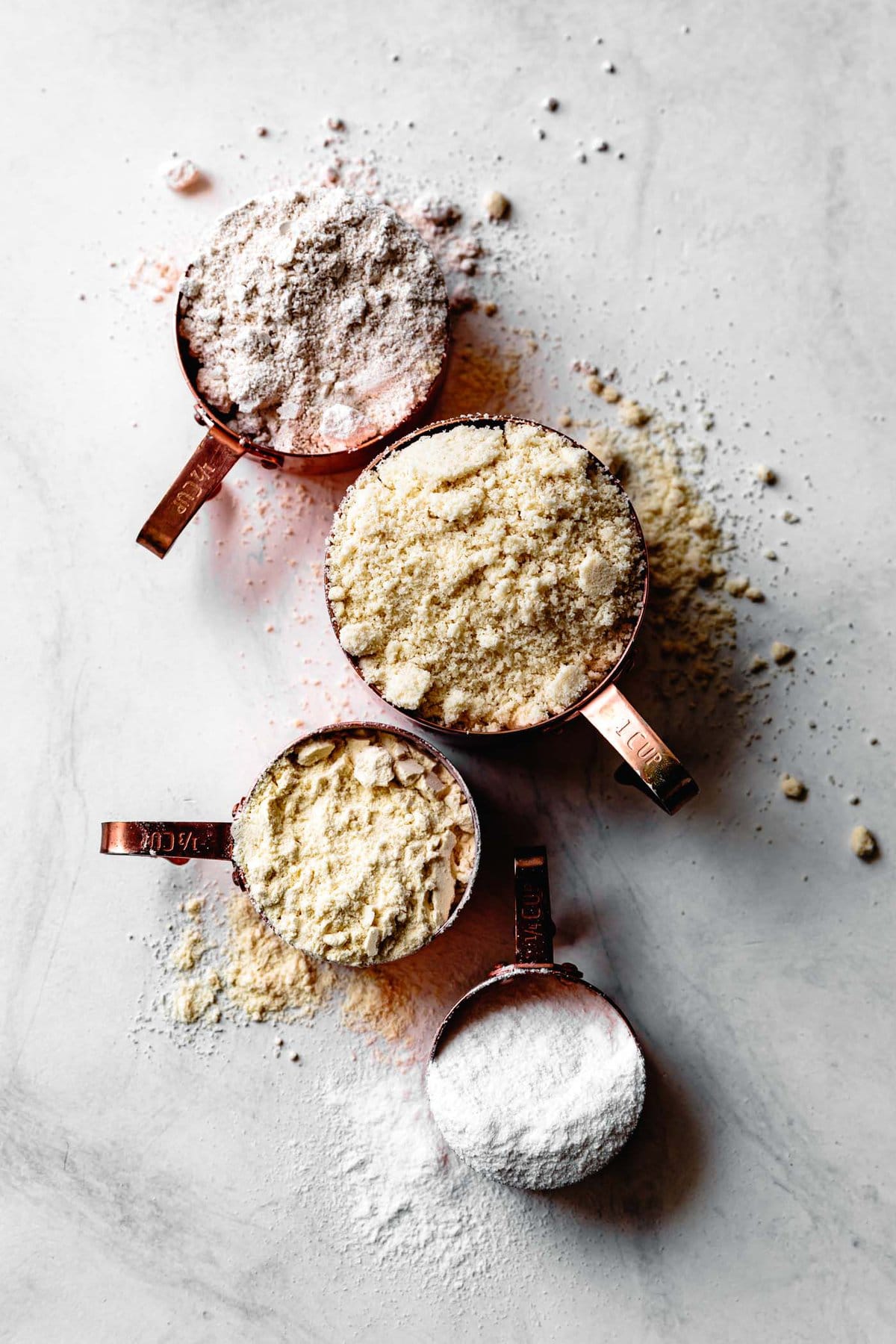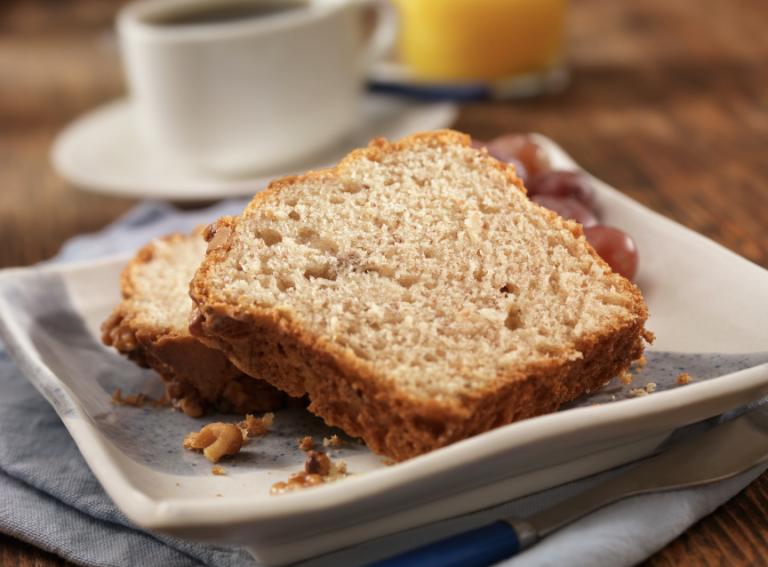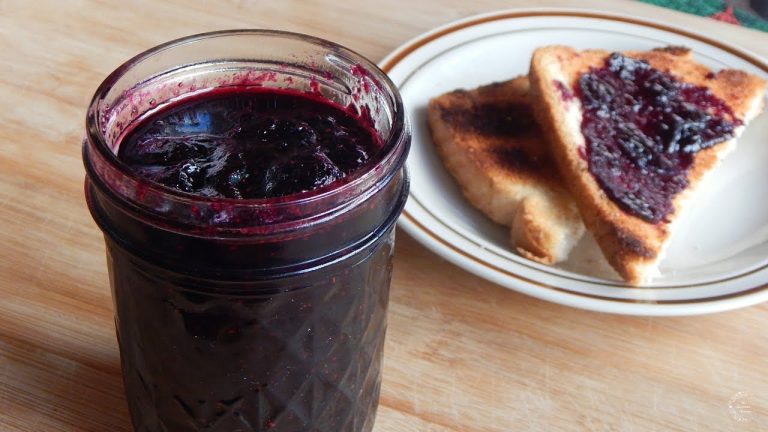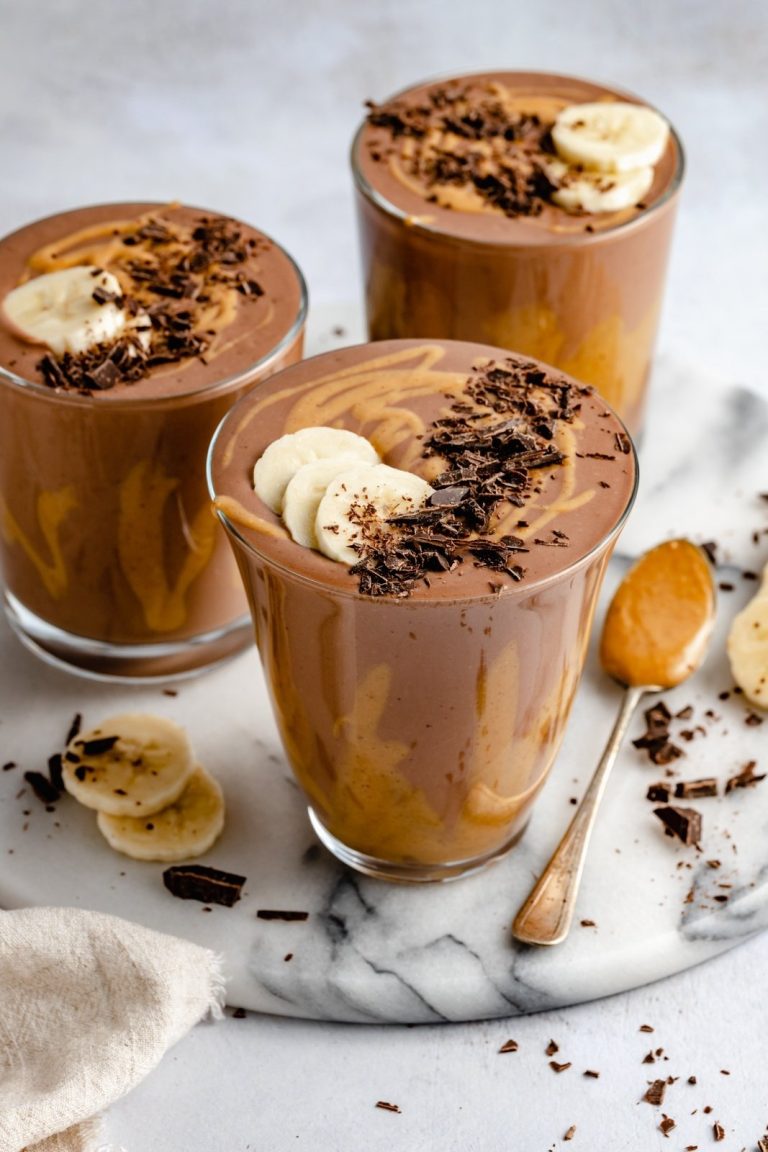Gluten Free Buttermilk Biscuits: Tips, Brands, and Baking Secrets You Need to Know
Gluten-free buttermilk biscuits offer a fluffy and delicious alternative to traditional biscuits without the gluten. These biscuits use gluten-free flour blends instead of wheat flour, catering to those with celiac disease or gluten sensitivity. The buttermilk adds tanginess and softness, making each bite tender and flavorful.
The Rise of Gluten-Free Products
The demand for gluten-free products has surged in recent years, influenced by a growing awareness of celiac disease and gluten sensitivities. According to the Gluten Intolerance Group, about 1% of the global population has celiac disease. This trend has led to an increase in gluten-free options in grocery stores, bakeries and restaurants. Gluten-free buttermilk biscuits have become popular due to their taste and versatility, fitting seamlessly into various meals without compromising flavor or texture.
This structured approach ensures that readers understand the concept and relevance of gluten-free buttermilk biscuits while connecting to broader market trends.
Ingredients Used in Gluten Free Buttermilk Biscuits
Key Ingredients and Their Substitutes
For gluten-free buttermilk biscuits, you’ll need specific ingredients to achieve the right texture and taste. One vital ingredient is gluten-free flour. Brands like Bob’s Red Mill and King Arthur offer reliable options. These blends typically contain a mix of rice flour, tapioca starch, and potato starch.
Buttermilk is another key ingredient. It provides moisture and tanginess. If you can’t find buttermilk, combine one cup of milk with one tablespoon of lemon juice or vinegar as a substitute. This mixture mimics the acidity and flavor of buttermilk.
Baking powder and baking soda ensure the biscuits rise properly. Make sure these leavening agents are gluten-free, as some may contain gluten.
Butter adds flavor and flakiness. Use cold, unsalted butter for the best results. For a dairy-free option, substitute butter with vegan margarine or coconut oil.
Xanthan gum or guar gum is often added to gluten-free dough to provide elasticity and structure. If unavailable, ground flaxseed mixed with water can replace it.
Salt enhances the overall flavor while sugar, though optional, adds a hint of sweetness. For a low-sugar option, use a natural sweetener like stevia.
Health Benefits of Gluten-Free Ingredients
Gluten-free ingredients offer several health benefits, especially for those with celiac disease or gluten sensitivity. These ingredients eliminate gluten, a protein found in wheat, barley, and rye, which can trigger adverse reactions.
Gluten-free flour blends often contain whole grains like brown rice and quinoa, which are rich in fiber and nutrients. Fiber aids digestion and helps maintain a healthy weight.
Buttermilk provides calcium and probiotics, both beneficial for bone health and gut flora. If using a dairy-free substitute, choose options fortified with calcium and vitamins.
Baking powder and baking soda, when gluten-free, ensure the safe consumption of the biscuits by those with gluten intolerance.
Butter or its substitutes, while rich in fat, also contain vitamins like A and D. Opt for grass-fed butter for enhanced nutrient content.
Xanthan gum and guar gum, derived from natural sources, help improve the texture of gluten-free baked goods without adverse health effects.
Using salt moderately can contribute to better cardiovascular health, while substituting sugar with natural sweeteners helps regulate blood sugar levels.
By focusing on these key ingredients and their health benefits, you can enjoy delicious gluten-free buttermilk biscuits without compromising on taste or dietary needs.
The Taste and Texture Comparison
Gluten Free vs. Traditional Buttermilk Biscuits
Gluten-free buttermilk biscuits differ in texture and taste from their gluten-rich counterparts. Traditional biscuits typically have a fluffy interior with a slightly crisp exterior. Gluten-free versions, however, can be denser and may have a grainier texture. This difference stems from the absence of gluten, which provides elasticity and structure in wheat-based products.
In gluten-free biscuits, you may notice a more pronounced flavor from the alternative flours (e.g., rice flour, almond flour) often used in gluten-free blends. The tang from buttermilk remains a key flavor component, but the overall taste can be milder compared to traditional biscuits. Butter, an essential ingredient in both recipes, helps to enhance flavor and provides moisture, preventing the biscuits from becoming too dry.
Consumer Feedback and Preferences
Consumers’ opinions on gluten-free buttermilk biscuits vary based on dietary needs and taste preferences. Those with celiac disease or gluten sensitivity generally appreciate the availability of gluten-free options. They often highlight the biscuits’ unique flavor profile, which can include nutty or earthy undertones from alternative flours.
Some consumers report that gluten-free biscuits lack the traditional fluffiness and may crumble more easily. However, others value the health benefits and the fact that gluten-free recipes often contain fewer preservatives and lower sodium levels. Bakers can experiment with different flour blends and additives like xanthan gum to improve texture and achieve a consistency closer to traditional biscuits.
Baking Gluten Free Buttermilk Biscuits at Home
Essential Tips for the Perfect Gluten-Free Biscuit
Choose the Right Flour Blend. Use a high-quality gluten-free flour blend specifically designed for baking. Popular options include Bob’s Red Mill and King Arthur.
Add Binding Agents. Enhance texture by incorporating xanthan gum or guar gum, which help bind ingredients in the absence of gluten.
Measure Accurately. Weigh your flour for precise measurements. Inconsistent amounts can impact texture and overall quality.
Use Cold Ingredients. Keep butter and buttermilk cold to create flaky layers. Cold fat helps achieve the desired biscuit structure.
Don’t Overmix. Mix dough until ingredients are just combined. Overmixing can result in dense biscuits.
Rest the Dough. Allow the dough to rest for at least 10 minutes before baking. This lets the flour hydrate and improves the texture.
Common Mistakes to Avoid
Skipping the Binding Agent. Omitting xanthan gum or guar gum can lead to crumbly biscuits that fall apart.
Using Room Temperature Butter. Warm butter won’t create the flakiness needed. Always use cold butter.
Overworking the Dough. Excessive mixing develops the dough too much, leading to tough biscuits.
Ignoring Rest Time. Baking immediately without resting the dough can result in inferior texture.
Incorrect Flour Type. Using a generic gluten-free flour not intended for baking can negatively impact your results. Always use a blend suitable for biscuits.
Where to Buy Gluten Free Buttermilk Biscuits
Best Brands and Where to Find Them
Several brands offer gluten-free buttermilk biscuits, available in supermarkets and online. Whole Foods stocks popular brands like “Schar,” “Krusteaz,” and “Pillsbury.” These brands ensure high-quality gluten-free products. Amazon carries an extensive range of gluten-free biscuits, offering delivery options for convenience. Local health food stores often have niche brands that provide unique flavors and ingredients. Ensure you check the gluten-free certifications on packaging to confirm product safety.
Comparison of Prices and Availability
Pricing varies across brands and stores. Generally, you can expect to pay between $5 and $8 for a pack of gluten-free buttermilk biscuits. Whole Foods prices generally lean towards the higher end but assure premium quality. Amazon offers competitive prices, especially with bulk purchases, but be wary of shipping costs. Lidl and Aldi often provide cost-effective options, though availability might be limited. Comparing prices against factors like ingredient quality and brand reputation can help you make informed purchasing decisions.
Conclusion
Exploring gluten-free buttermilk biscuits opens up a world of delicious possibilities without compromising on taste or texture. By understanding the nuances of gluten-free baking and selecting the right ingredients, you can create biscuits that satisfy both dietary needs and culinary cravings. Whether you’re baking from scratch or purchasing from trusted brands like Schar, Krusteaz, or Pillsbury, you have plenty of options to enjoy these delightful treats. Remember, the key to perfect gluten-free biscuits lies in attention to detail and a bit of practice. Happy baking!






